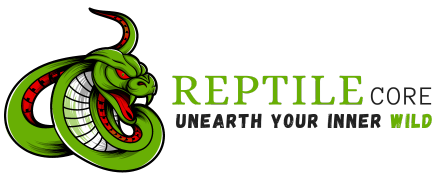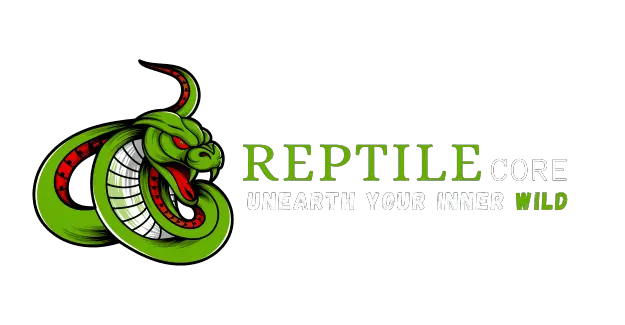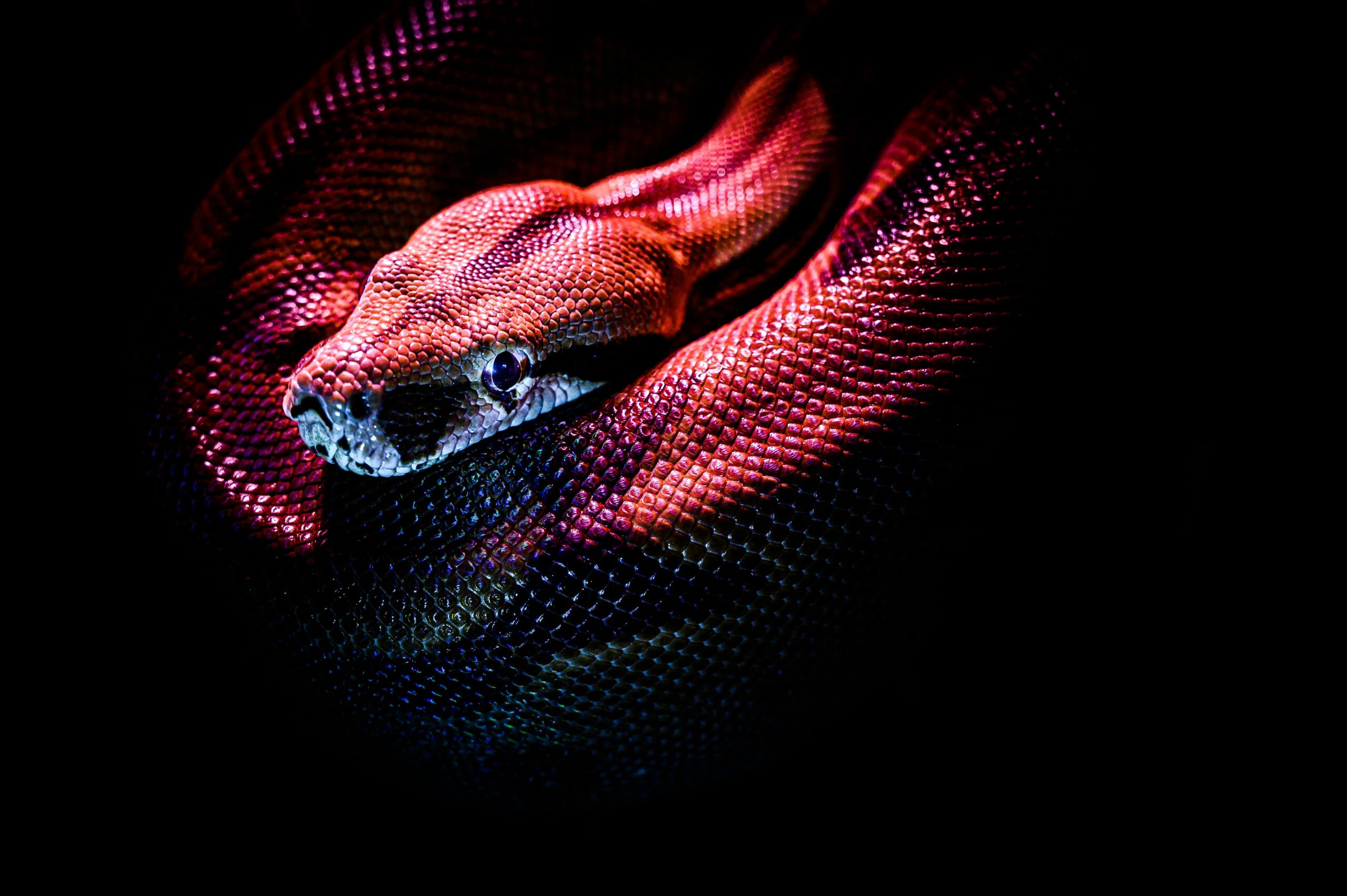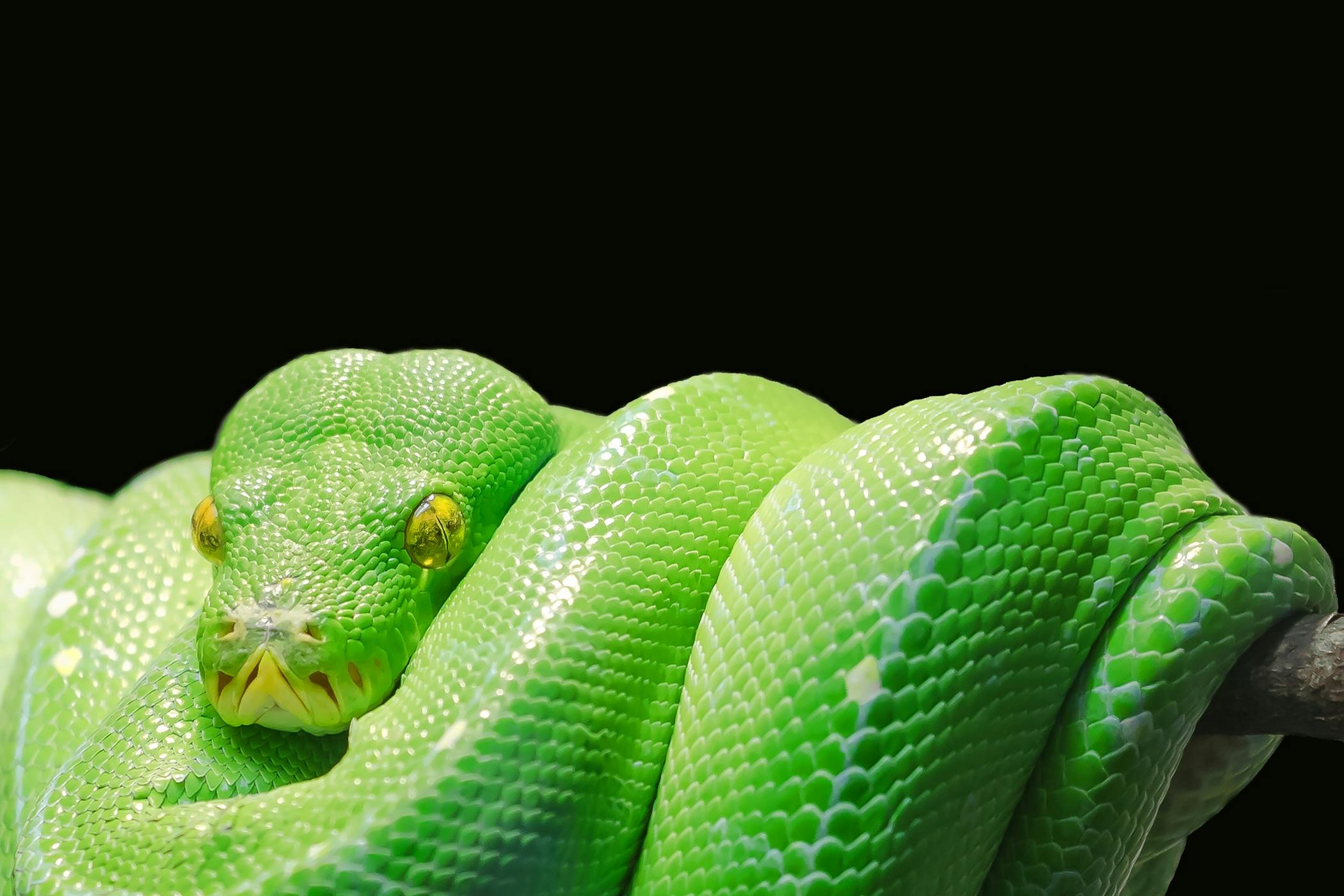Crested Gecko Care Guide
Published: January 30, 2024
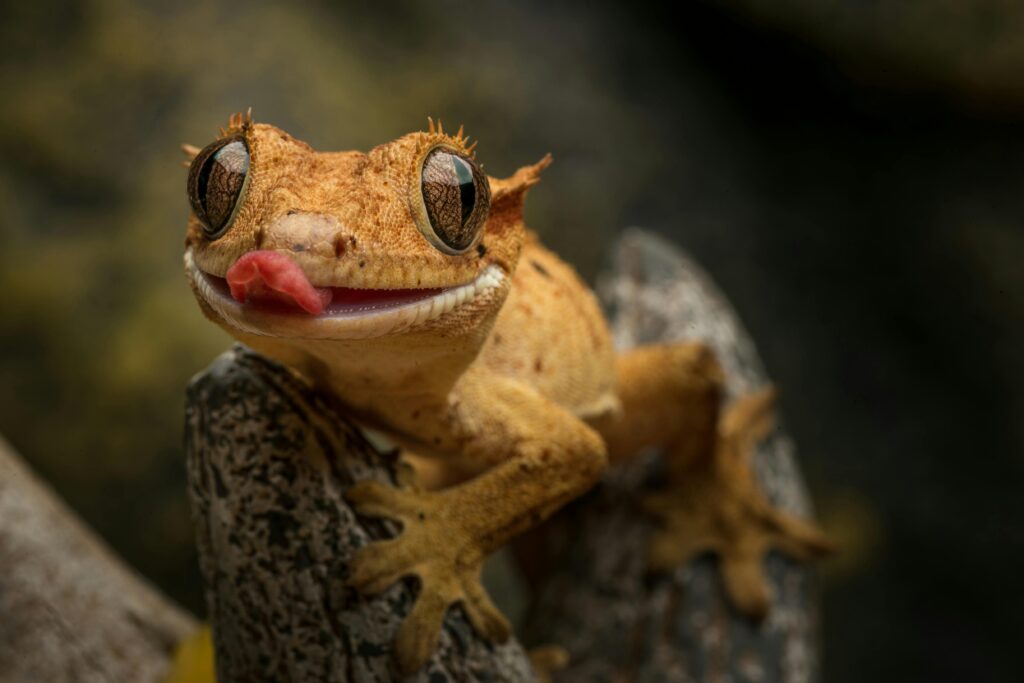
Biology:
The crested gecko, presumed extinct in the wild until 1994, was rediscovered after a tropical storm exposed a small population on Ile de Pins, a Pacific island in the New Caledonia group. Subsequently, some geckos were brought into captivity for research, leading to all crested geckos in the UK being bred in captivity.
New Caledonia, characterized by dense jungle areas, is the natural habitat of these arboreal creatures that dwell in branches. Their diet consists of both fruit and insects, with a potential for consuming small mammals and amphibians in the wild. Adapted to high heat and humidity, crested geckos are crepuscular, active during dusk and dawn, and capable of changing color, known as ‘firing up.’
Environment:
Ensuring a secure vivarium to prevent escape and eliminating hazards that could cause harm is crucial. Adequate ventilation is necessary to avoid bacterial infections. Crested geckos thrive in tall vivariums; an adult requires a minimum enclosure size of 45cm width, 60cm height, and 45cm depth.
Hatchlings, being more secretive, may start in a smaller vivarium and transition to a larger one as they grow. Glass vivaria are preferred over wood due to the high humidity levels required. Proper placement away from draughts, heat, and direct sunlight is essential for temperature control.
Temperature:
As ectothermic reptiles, crested geckos rely on their environment for temperature regulation, requiring a thermogradient. The heat source should be positioned on one side of the vivarium, creating a basking zone, while the other part remains cool. A heat lamp, positioned at one end and pointing downward, creates the basking zone.
It should be guarded or placed on a mesh lid to prevent injuries. The use of a thermostat is crucial for regulating temperature and preventing overheating, contributing to both safety and energy conservation.
Adjust the thermostat to maintain a basking zone temperature between 26 to 28°C, while ensuring the coolest part of the vivarium stays within the range of 22 to 25°C. During the night, it’s acceptable for the temperature to drop to 18 to 20°C. For nocturnal heat, use a non-light-emitting source like a ceramic heater or a heat mat with a dedicated thermostat set to 18°C. Employ a dimming or ‘pulse proportional’ thermostat for ceramic heaters and an on/off heat mat with the probe directly on the mat.
To verify thermostat accuracy, place digital thermometers in both the basking zone and the cool end, checking and adjusting temperatures daily.
Light
Reptiles rely on natural daylight to establish day and night patterns. Use a medium output, 5 to 7% UVb lamp to provide essential UVa for reptile vision and UVb to allow them to produce vitamin D3. Create a ‘photogradient’ by placing the light source at the top of the vivarium, making the bottom part cooler and more shaded.
Follow a light-dark cycle with a simple plug-in timer controlling both lights and the daytime heat lamp for 12 hours on and 12 hours off.
Humidity
Maintain proper humidity, crucial for healthy skin shedding, by utilizing a hygrometer. Create humidity boosts up to 60 to 80% by misting the vivarium with clean water. Allow the enclosure to dry out between mistings to prevent waterlogging of the substrate, which can lead to bacterial growth and skin or respiratory infections.
Cleaning
Maintain a clean environment to prevent health risks. Spot clean animal waste promptly. Monthly, use a reptile-safe disinfectant from pet shops to clean vivarium walls, glass, and decorations. Rinse thoroughly, keeping in mind that reptiles may carry Salmonella. Wash hands after cleaning or handling to minimize the risk of infection spread.
Diet:
Water:
Some geckos prefer consuming water droplets within the vivarium, but it is essential to maintain a dish of clean, fresh water consistently available. If the gecko contaminates the water, it should be promptly replaced.
Feeding:
Crested geckos require a diverse diet comprising mashed fruits and live invertebrates with suitable supplements. These supplements provide vital vitamins and minerals not readily available in captivity. Recommended fruits include blueberries, pears, papaya, strawberries, and mango, while citrus fruits and bananas should be avoided as they hinder calcium absorption.
Supplementing the diet with reputable ‘crested gecko diet’ (CGD) brands is beneficial, providing a balanced mix of vitamins and minerals. However, these should not be the exclusive food source. Check ingredient lists, avoiding those containing wheat, rice, or bran, as they are unsuitable for crested geckos. CGD, usually in powder form, must be mixed with water before feeding and should be removed daily to prevent spoilage. To ensure dietary variety, consider a three-week rotation of different foods, such as fresh fruit with supplements, live food, and crested gecko diet.
Crested geckos also enjoy hunting live bugs like small dubia cockroaches, ‘calciworms,’ and crickets. When offering live food, precautions should be taken to prevent accidental substrate ingestion, leading to stomach blockage or impaction. Feeding in a separate enclosure can minimize this risk. Remove uneaten bugs during the day to prevent potential bites while the gecko is resting.
Maintaining the health of live bugs is crucial for their well-being and nutritional value for your reptile; this process is known as ‘gut loading.’ Include fresh plants recognized as safe for reptiles and dry cereal foods. A dish of plain calcium powder in the vivarium can also be provided. Care should be taken not to over-supplement, and adherence to instructions is crucial. With a well-established UV system, additional vitamin D3 supplementation may not be necessary.
Regular weighing is important to monitor steady weight gain during growth and to maintain it once the gecko reaches maturity.
Download the Caresheet |
Behavior:
Enrichment
Facilitating natural behaviors in captivity, known as ‘enrichment,’ is crucial. Crested geckos, active at night, possess climbing and jumping abilities. Provide branches or vines, preferably from safe wood like fruit tree or grapevine branches. Half coconut shells or cork bark tubes should be provided for daytime hiding. Feeding live insects also promotes natural hunting behaviors, adding to their enrichment.
Substrate
The floor covering in the vivarium, known as substrate, should ideally hold humidity. Suitable substrates for crested geckos include coconut fiber (‘coir’) or specially mixed soil substrate covered with a layer of moss or leaves. Incorporate tall, broad plants to create variations in light and shade.
Company:
It is advisable to house crested geckos individually, especially avoiding the permanent cohabitation of males.
Females may be housed together if there are enough basking, hiding, and eating areas for each individual. Watch for signs of aggression, such as chasing, squeaking, tail shaking, or biting, and separate them immediately if observed.

Handling:
Once settled in, crested geckos can become accustomed to handling. Allow the gecko to climb onto your hand voluntarily, avoiding grasping the tail, as it can be dropped, causing stress and loss of vital fat reserves.
Crested geckos cannot regrow their tails. Keep handling sessions around 10 minutes to prevent a drop in core temperature, adjusting based on the vivarium temperature.
Shedding:
Skinks shed their skin in sizable pieces, with the frequency varying, particularly in younger, growing individuals. Dull skin may precede shedding, and it should ideally come off easily over a day or so. If this process is not smooth, consider bathing the skink in tepid water to aid skin softening. Poor shedding is often linked to low humidity, and persistent issues should prompt consultation with your vet.
Regular shedding is essential for geckos, occurring more frequently when young and growing. Crested geckos may eat their shed skin, which is normal. Poor shedding can lead to the loss of toes, affecting mobility. Ensure a good diet, hydration, and correct humidity to prevent issues. If there’s stuck shed skin, gently rub it off in tepid water without pulling to avoid damaging new skin. Seek a reptile vet’s help if shedding problems persist.
Diseases & Concerns:
A healthy crested gecko exhibits clear, bright eyes, responsive pupils, smooth skin without blisters, and a straight tail and spine. Register with a specialist reptile vet for necessary treatments. Watch for abnormal droppings or weight loss, indicating potential parasite issues. Low humidity or nutritional deficiencies can cause a loss of ‘stickiness’ in toe pads. Regular veterinary care is crucial for their well-being.
The primary challenges affecting captive reptiles revolve around nutritional diseases and imbalances. Metabolic Bone Disorder (MBD) encompasses various vitamin and mineral deficiencies, often resulting from insufficient calcium due to a lack of vitamin D3 caused by poor diet or inadequate UVb lighting. Symptoms in crested geckos may include swellings or deformities in the legs, mouth, or spine. MBD is challenging to treat and requires immediate veterinary attention. If not addressed promptly, it can lead to permanent deformities and even prove fatal.
As mentioned earlier, impaction is a potential issue when captive reptiles ingest non-natural substrates they cannot digest. Nutritional deficiencies may also contribute to impaction if the reptile actively consumes non-food items. To mitigate these risks, it is crucial to ensure that heating and lighting systems are functioning correctly at all times, and a well-balanced, nutritious diet is provided to maintain the gecko’s overall health.
Another concern is floppy tail syndrome, arising when there is inadequate climbing space. In such cases, the gecko may sleep upside down on the glass, leading to tail bending and potential damage.
Download the caresheet for Crested Gecko |
Recent Posts
- All Post
- care sheets
- guide
- Lizards
- snakes
- Uncategorized
- Back
- Mourning Gecko
- Sandfish skink
- Tegu
- Ackie Monitor lifespan
- Bearded dragon
- Blue Tongue Skink
- Crested Gecko
- Gargoyle Gecko
- Jackson's Chameleon
- Leopard Gecko
- Back
- Ball Python
- Black Rat Snake
- Corn Snake
- Gila Monster
- kenyan sand boa
- Milk Snake
- Back
- lizardscs
- snakescs
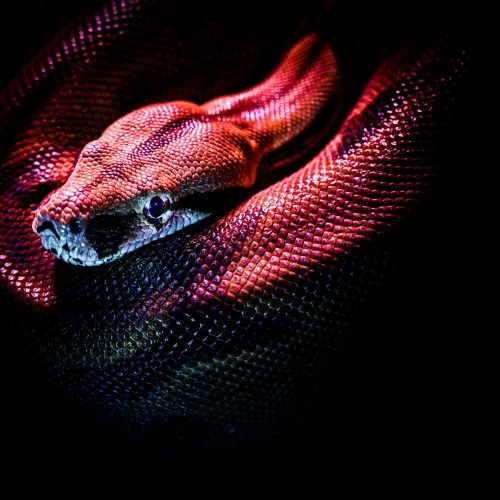
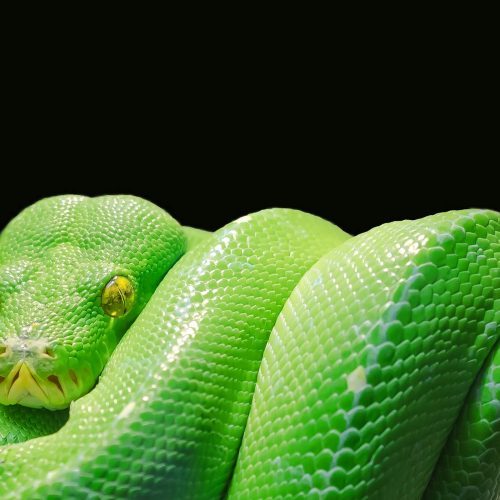
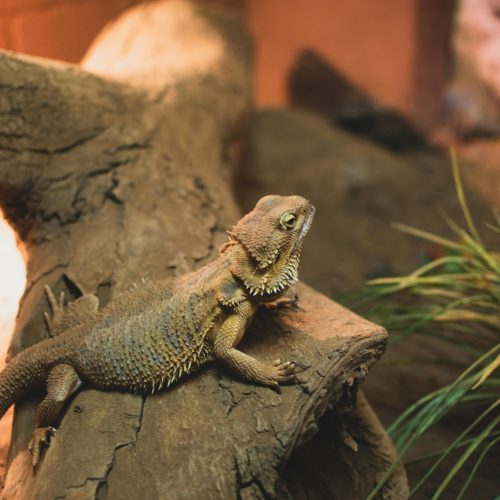
Address
215 Woodland Ave. Manchester, NH 03102
